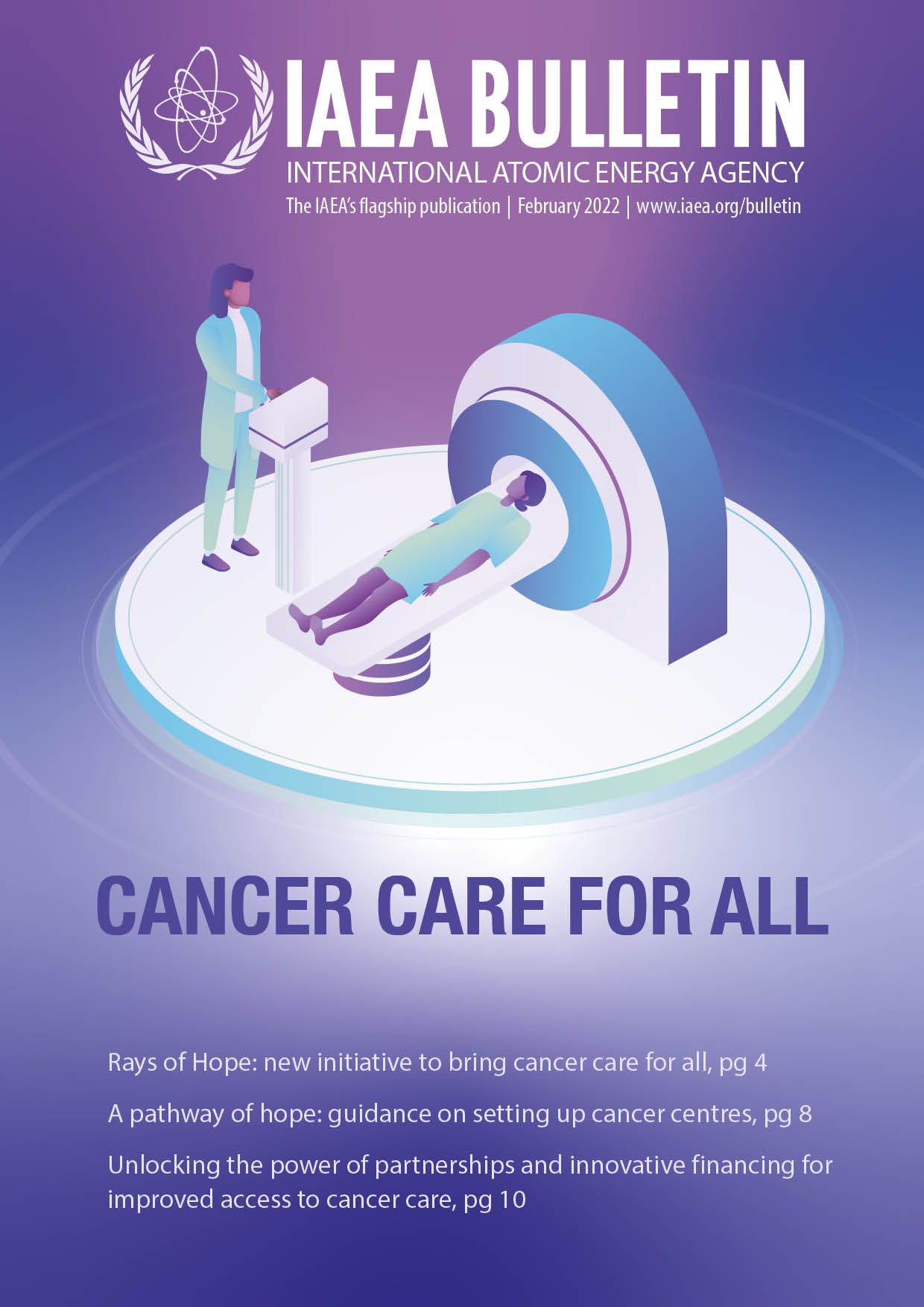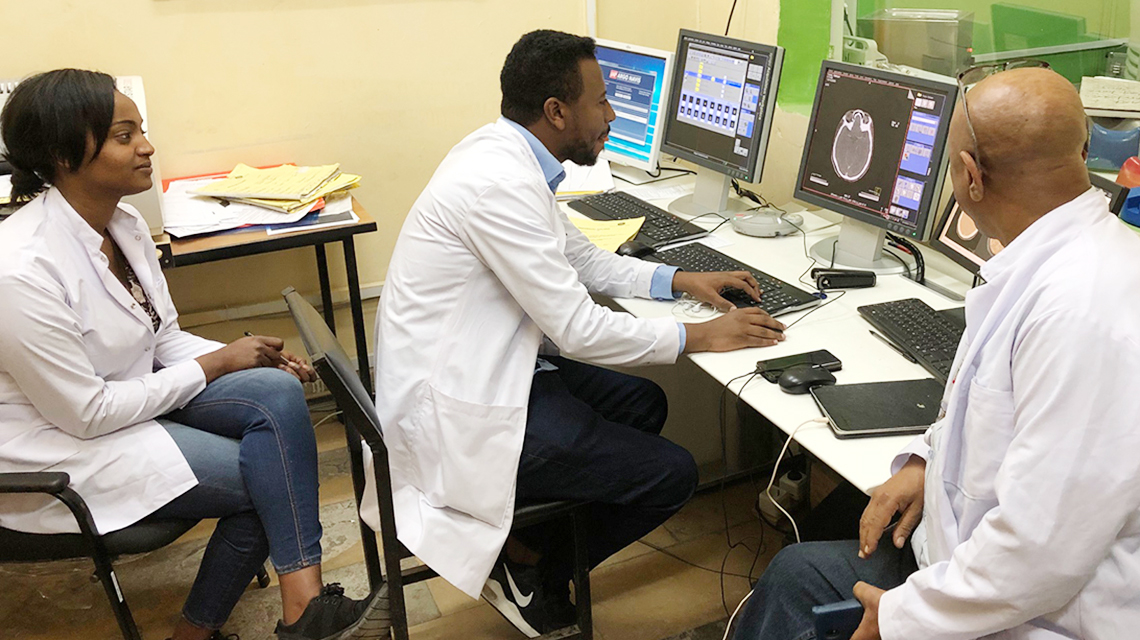Uzbekistan has been battling a growing cancer burden for years. The disease killed more than 20 000 people in 2020 and this number is expected to almost double by 2040, according to the International Agency for Research on Cancer’s Global Cancer Observatory. However, this may soon change thanks to support from the IAEA and its partners.
Within the framework of the partnership agreement between the IAEA and the Islamic Development Bank (IsDB), the IAEA provided support to the Government of Uzbekistan with the elaboration of a bankable document — a detailed feasibility study that was used to successfully secure US $80 million in concessional financing from the IsDB. The money will support the Government’s efforts to enhance access to and quality of oncology services throughout the country.
Over the past decade, the international community has rallied behind policies to address the growing cancer burden, for example through the adoption of a resolution on cancer prevention and control approved at the 2017 World Health Assembly, the Global strategy to accelerate the elimination of cervical cancer as a public health problem and the Global Initiative for Childhood Cancer. However, these strategies have not yet received the implementation funding initially hoped to successfully fight the growing burden of non-communicable diseases.
Globally, all non-communicable diseases combined, including cancer, accounted for just two per cent of development assistance allocated to health between 2000 and 2018, according to the Institute for Health Metrics and Evaluation at the University of Washington. This means that cancer is receiving a negligible share of financing, which is often directed towards prevention and screening programmes because of their cost-effectiveness. As a result, diagnosis and treatment remain grossly underfunded, and, today, 23 countries still completely lack radiation treatment facilities. The COVID-19 pandemic has further exacerbated this problem, as donors are channelling their efforts and resources to pandemic response, while the pandemic has also adversely impacted other health services, including cancer care, worldwide.
“This is why international financial institutions, such as the IsDB, are a major source of funding for developing countries, and their support has never been more critical,” said Cindy Kremer, Head of the Resource Mobilization Section at the IAEA’s Programme of Action for Cancer Therapy. “This is particularly true when it comes to cancer care and the provision of essential equipment and infrastructure, such as bunkers that house radiation therapy machinery.”
Kremer said substantial financing for such investments is rarely provided through grants, so the IAEA is closely collaborating with the IsDB on funding developing countries through a multi-stakeholder blended financing structure involving the private sector.
However, the work does not stop there. To address the growing need for funds and maximize the impact of the new Rays of Hope initiative (read more here), the IAEA is taking steps to develop similar collaboration modalities with other financial institutions, as well as to expand existing and establish new partnerships with the private sector and philanthropic organizations, Kremer said.

